What is the CFPB and how does it protect consumers?
The Consumer Financial Protection Bureau has had its work stymied by the Trump administration
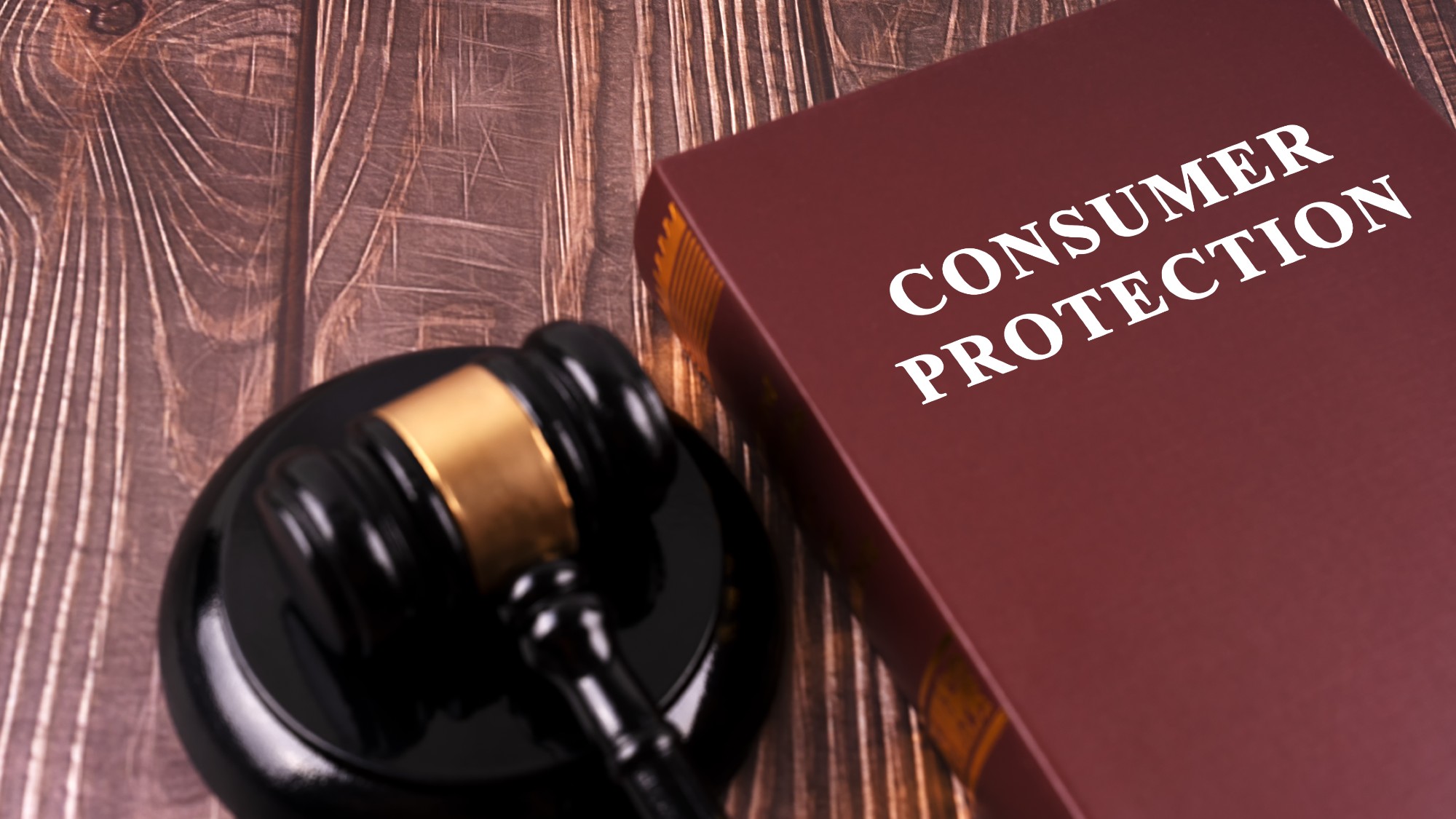

Established in the wake of the Great Recession, the Consumer Financial Protection Bureau (CFPB) is a government agency intended to do exactly what its name states: protect consumers financially by overseeing financial products and services. But under the Trump administration, the CFPB may see its efforts stifled.
Following claims by President Trump that the CFPB is a breeding ground for "waste, fraud and abuse," the agency finds itself "in the crosshairs of a White House that has halted its work, closed its headquarters and fired scores of its workers," said The Associated Press. For long-time CFPB critics, this effort at dismantling is welcome — but others question how it could affect consumers, given what the agency was designed to do.
What does the CFPB do?
The CFPB is "an independent bureau within the Federal Reserve" tasked with making sure "that the financial products and services offered to American consumers are fair and transparent," said NPR. As part of this effort, "it implements U.S. consumer finance laws and issues new rules for lenders and other financial institutions," and also "goes after companies it suspects of dishonest or illegal activity."
The Week
Escape your echo chamber. Get the facts behind the news, plus analysis from multiple perspectives.

Sign up for The Week's Free Newsletters
From our morning news briefing to a weekly Good News Newsletter, get the best of The Week delivered directly to your inbox.
From our morning news briefing to a weekly Good News Newsletter, get the best of The Week delivered directly to your inbox.
"During the Biden administration," for example, the CFPB "passed rules capping bank overdraft fees and removing medical debt from credit reports," "sued financial services companies for misleading consumers and employers for misleading workers" and "focused on curbing junk fees and predatory lending practices," said the Los Angeles Times.
Why was the CFPB established?
The CFPB was established by Congress in 2010, as part of the Dodd-Frank Wall Street Reform and Consumer Protection Act, with the mission to "address financial regulatory failures that were blamed for leading to the subprime mortgage crisis and subsequent 2008 Great Recession," said CNET.
On the heels of the Great Recession, the Obama administration "pointed to weak and scattered financial-regulatory agencies as part of the cause," suggesting that regulators "either didn't have the authority or didn't act to prevent the chain of events that led to a near economic collapse during the financial crisis of 2007 and 2008," said Credit Karma.
In response, the CFPB was set up to "consolidate those regulatory responsibilities in one place," moving away from the previous setup where "several federal agencies were regulating the consumer banking system," said NPR.
A free daily email with the biggest news stories of the day – and the best features from TheWeek.com
Why has the CFPB come under criticism?
Trump is far from the first to criticize the CFPB. "Many Republicans opposed the creation of the bureau, insisting it had burdensome regulations that would hamper consumers' ability to access credit," said Time. Additionally, conservatives claim that "the independent agency, funded by the Federal Reserve System, lacks sufficient supervision and regularly exceeds its regulatory authority," said the LA Times.
Despite these critiques, the agency insists that, "since its inception, it's helped consumers to the tune of $21 billion through monetary compensation, loan principal reductions, canceled debt and more," NPR said.
Becca Stanek has worked as an editor and writer in the personal finance space since 2017. She previously served as a deputy editor and later a managing editor overseeing investing and savings content at LendingTree and as an editor at the financial startup SmartAsset, where she focused on retirement- and financial-adviser-related content. Before that, Becca was a staff writer at The Week, primarily contributing to Speed Reads.
-
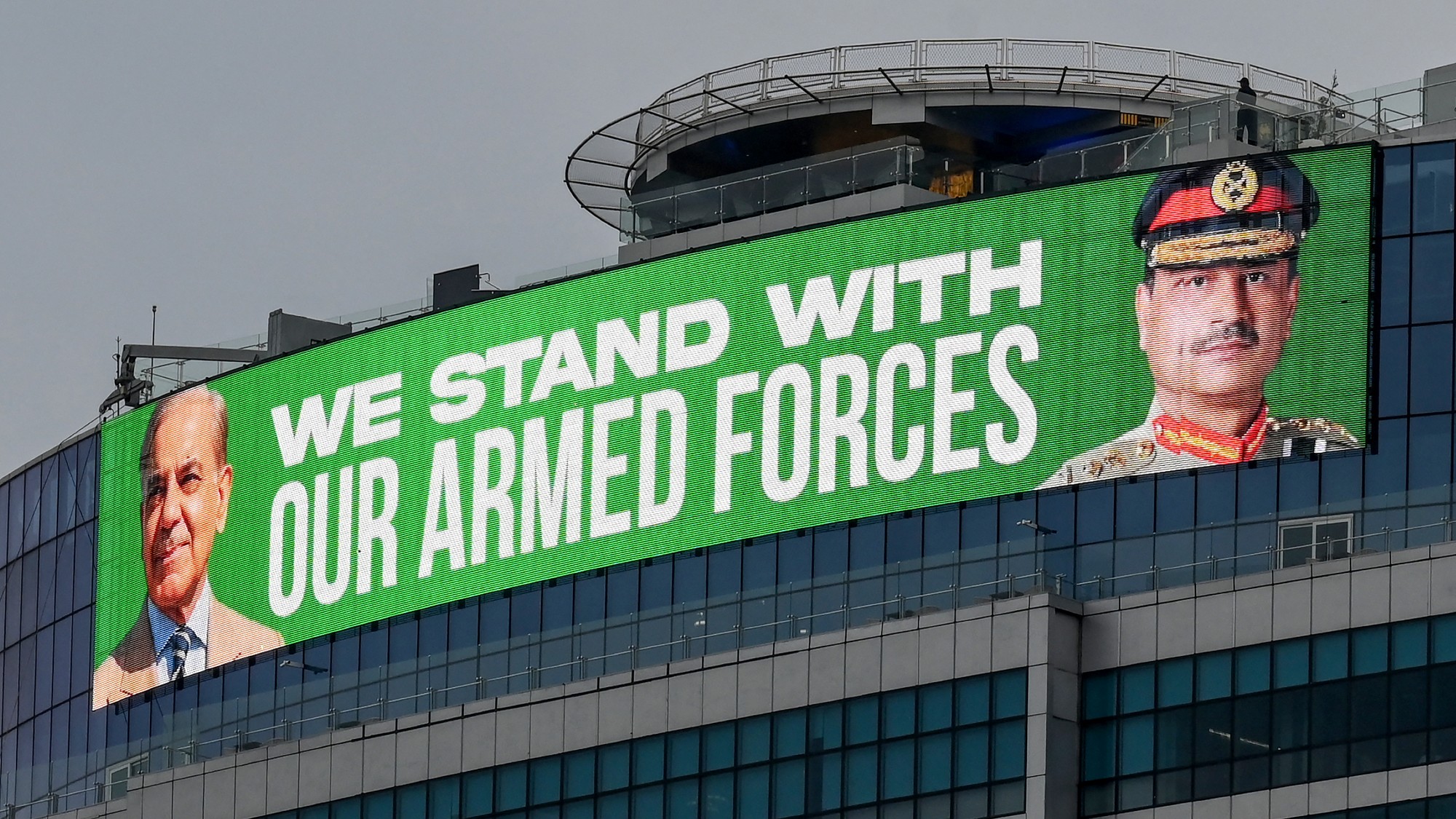 Pakistan: Trump’s ‘favourite field marshal’ takes charge
Pakistan: Trump’s ‘favourite field marshal’ takes chargeIn the Spotlight Asim Munir’s control over all three branches of Pakistan’s military gives him ‘sweeping powers’ – and almost unlimited freedom to use them
-
 Codeword: December 6, 2025
Codeword: December 6, 2025The daily codeword puzzle from The Week
-
 Crossword: December 6, 2025
Crossword: December 6, 2025The daily crossword from The Week
-
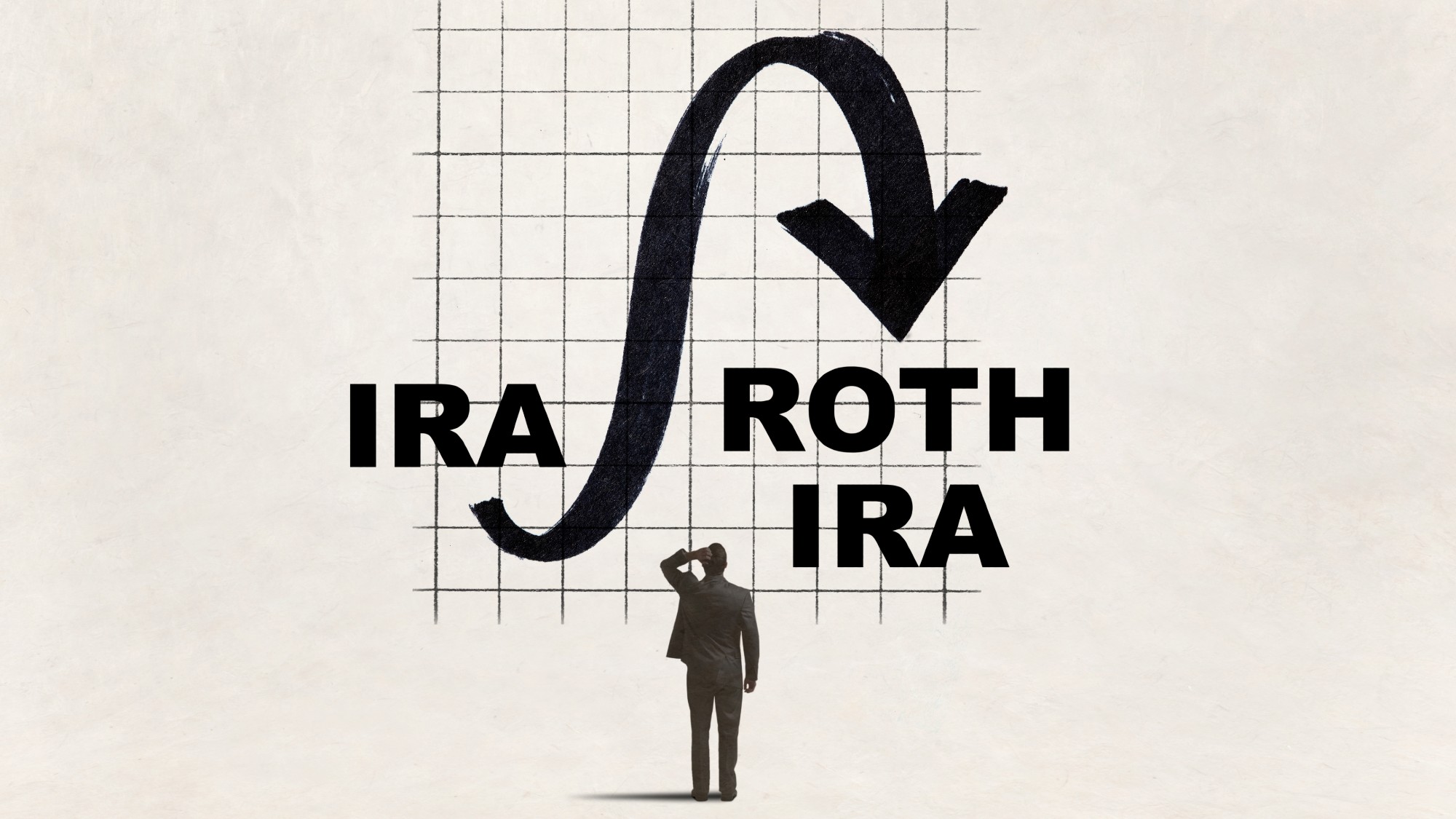 What are the pros and cons of a Roth conversion for retirement?
What are the pros and cons of a Roth conversion for retirement?Pros and Cons By converting a traditional IRA to a Roth IRA, retirees can skip paying taxes on their withdrawals
-
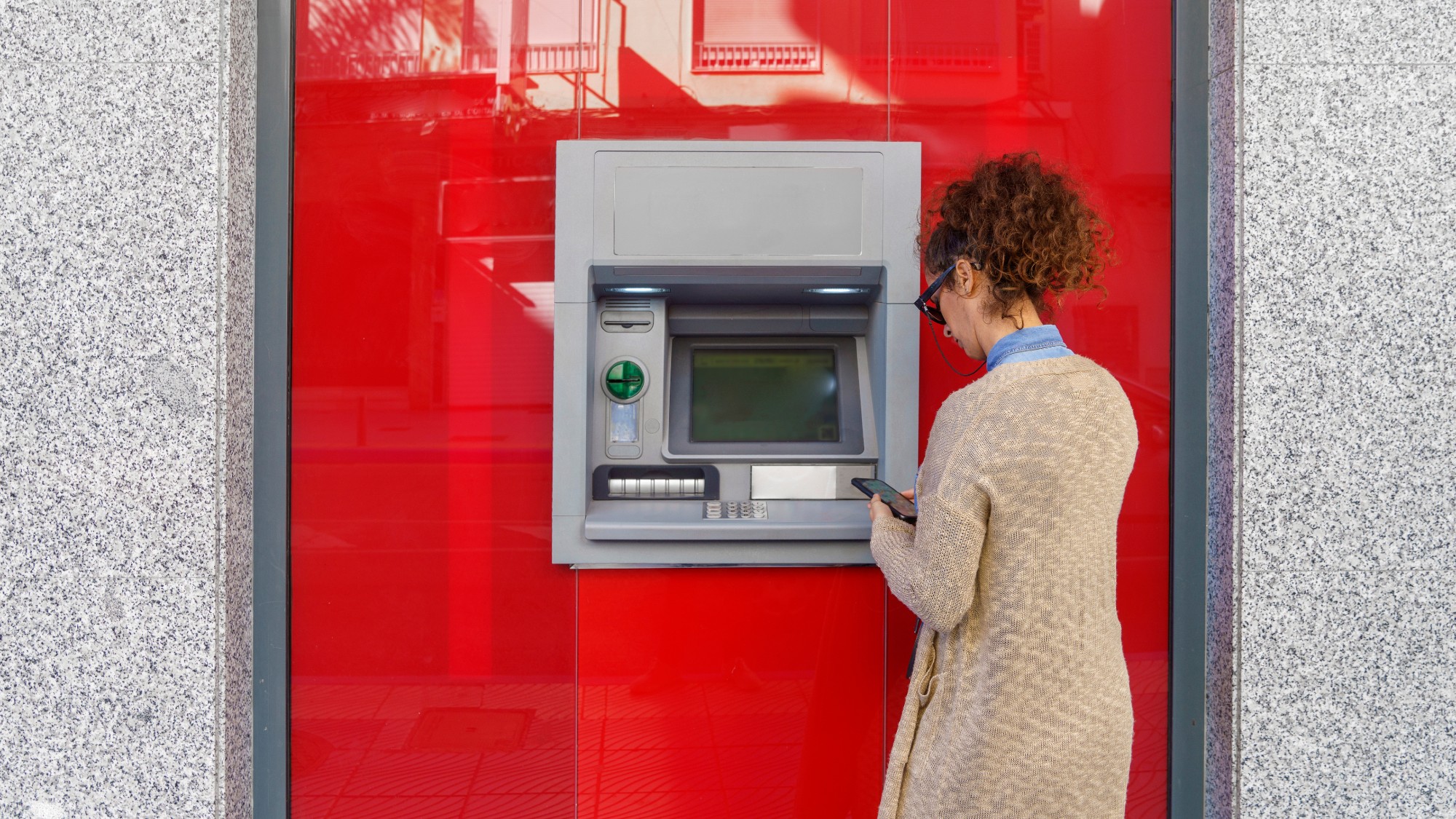 4 easy tips to avoid bank fees
4 easy tips to avoid bank feesThe Explainer A few dollars here and there might seem insignificant, but it all adds up
-
 4 often overlooked home maintenance tasks that could cost you later
4 often overlooked home maintenance tasks that could cost you laterThe Explainer A little upkeep now can save you money down the road
-
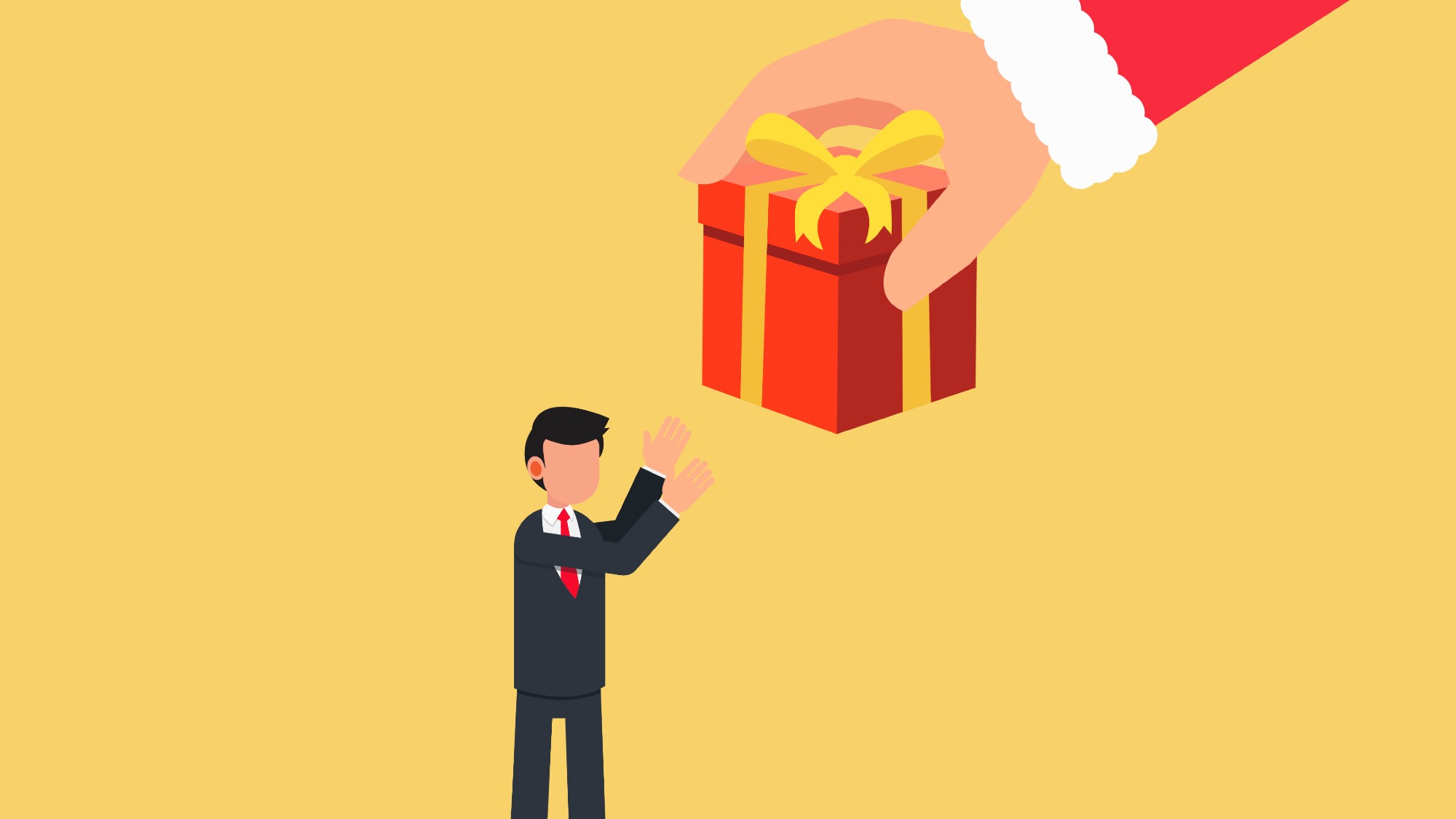 What’s the best way to use your year-end bonus?
What’s the best way to use your year-end bonus?the explainer Pay down debt, add it to an emergency fund or put it toward retirement
-
 What are portable mortgages and how do they work?
What are portable mortgages and how do they work?the explainer Homeowners can transfer their old rates to a new property in the UK and Canada. The Trump administration is considering making it possible in the US.
-
 How can you tell if you are ready to retire?
How can you tell if you are ready to retire?the explainer All the preparation you need to sail off into your golden years
-
 Can medical debt hurt your credit?
Can medical debt hurt your credit?The explainer The short answer is yes, though it depends on the credit scoring mode
-
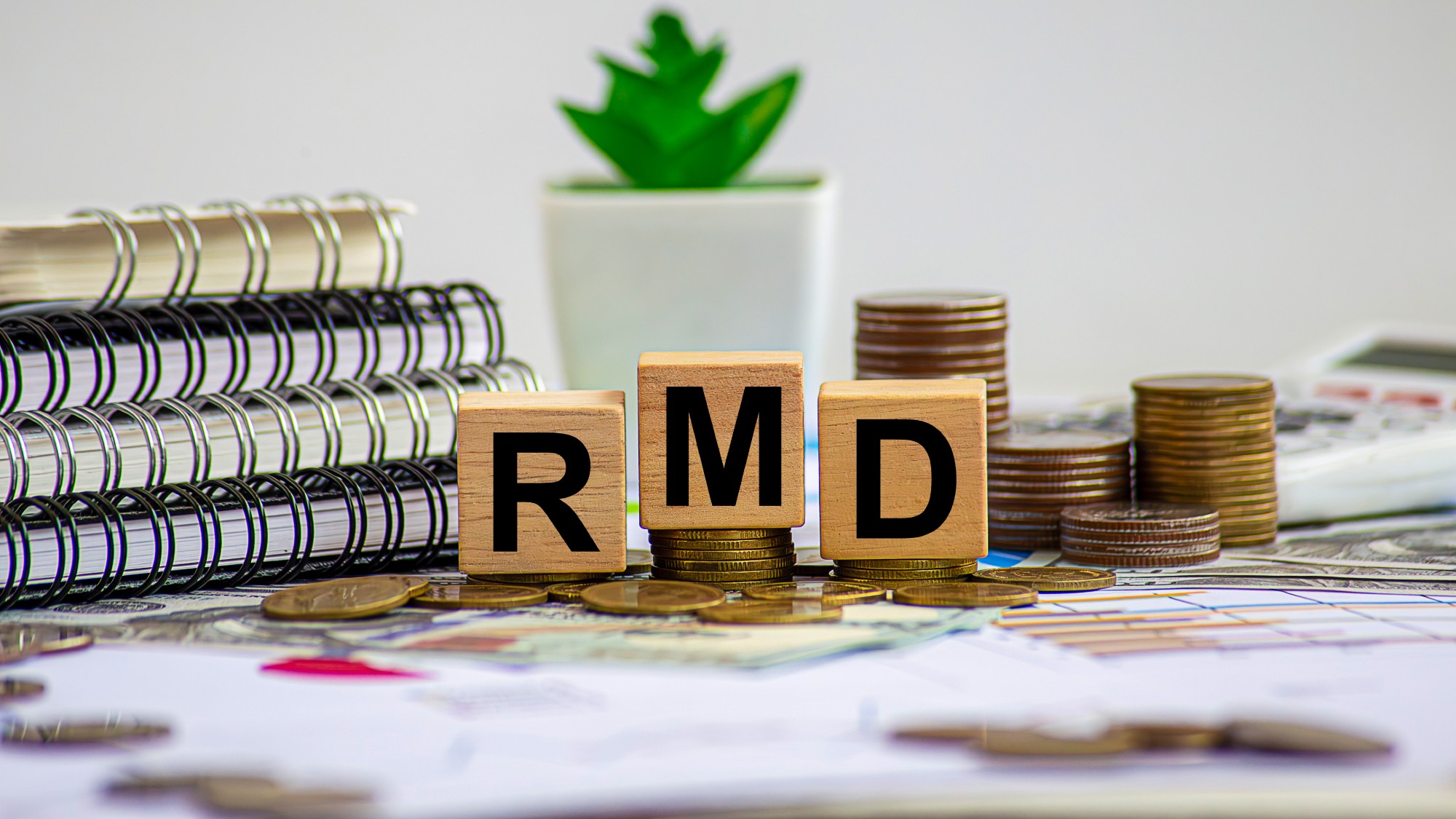 3 required minimum distribution tax mistakes to avoid
3 required minimum distribution tax mistakes to avoidThe Explainer Missteps in making withdrawals from tax-advantaged retirement accounts can cost you big
